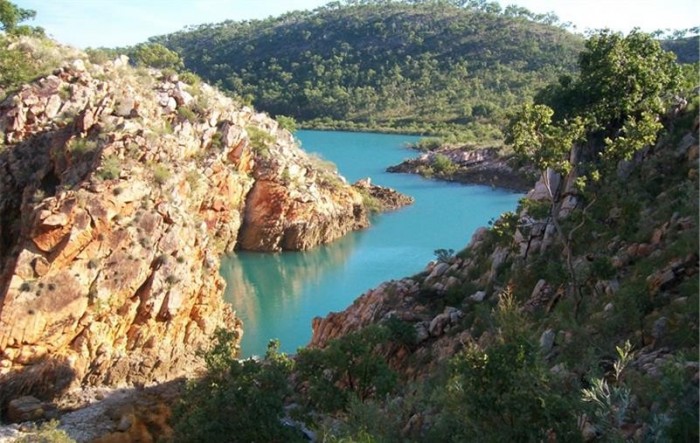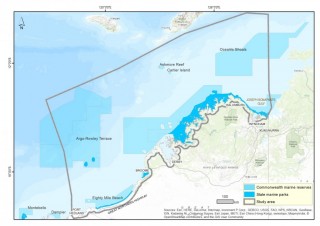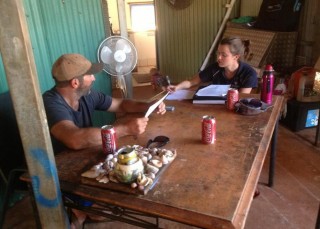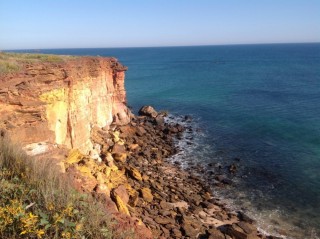How do people value the Kimberley coast?

Crocodile Creek, Buccaneer Archipelago (source: J. Strickland-Munro)
Much of the Kimberley coast and its waters are part of existing or proposed marine parks. In addition, the majority of this area is also subject to native title determined or claimed areas. To-date, little attention has been paid in Australia or elsewhere to the social values associated with marine parks. However, understanding peoples’ needs and values is essential for effective planning and management. Without knowing what people value, conservation efforts such as marine parks may fail. We need to know what people’s social values are, and why they consider the Kimberley coast important. Social values are the importance of places, landscapes, and the resources or services they provide as defined by individual and/or group perceptions and attitudes towards a given place or landscape.
Jennifer Strickland-Munro and her team from Murdoch University interviewed people across the Kimberley to explore the range of values held for the coast. In total, they spoke with 232 people. They asked each to show the places they valued on paper maps so that they could link information on social values with specific geographic locations. People interviewed included Aboriginal Traditional Owners; Aboriginal and non-Aboriginal residents; tourists and the tourism industry; commercial and recreational fishing, and aquaculture; federal, state and local government; mining, oil, gas and tidal energy interests; marine transport and aviation; and environmental non-government organisations.
Seventeen different types of social value associated with the Kimberley coastline and marine environment were recognised. These included non-consumptive direct use values, direct use consumptive values, indirect use values, and non-use values. Non-consumptive, direct use values dominated the interviews. They generated ‘hot spot’ maps for each value type. These maps show areas where a number of people indicated the same values, i.e. the places most frequently identified and mapped in the interviews.
Management implications
(1) All of the Kimberley coast is valued. Thus, no part is ‘value-free’ and people must be consulted regarding its future, no matter if the location appears to be used (i.e. ‘direct use, consumptive values’ and ‘direct use, non-consumptive values’) or not (i.e. ‘indirect use values’ and ‘non-use values’).
(2) Biodiversity is widely and intensely valued, both on- and offshore. This valuing provides an important base for societal support for marine parks and their nature conservation role.
(3) Physical landscape values dominated the interviews and were pivotal to peoples’ experiences of the Kimberley. Recognition of the importance of this value must underpin all planning and decision making. Future tourism efforts must protect this coast’s ‘wildness’ while also capitalising on it.
(4) Aboriginal peoples’ values for the Kimberley coast and marine environments extend well beyond cultural values and as such Aboriginal people must be included in decision making associated with all the values of the Kimberley coast.
(5) Careful consideration of the social impacts of developments associated with access to the Dampier Peninsula and Buccaneer Archipelago is essential given the range of values held for these places and the number of people expressing these values.
This article is an excerpt from: Strickland-Munro, J., Moore, S., Kobryn, H. & Palmer, D. (2015). Values and aspirations for coastal waters of the Kimberley: Social values and participatory mapping using interviews. Technical Report. Kimberley Marine Research Program Node of the Western Australian Marine Science Institution, WAMSI, Perth, Western Australia. For more information, contact Jennifer Strickland-Munro j.strickland-munro@murdoch.edu.au
This research was generously supported by WAMSI (the West Australian Marine Science Institution) and Murdoch University.








